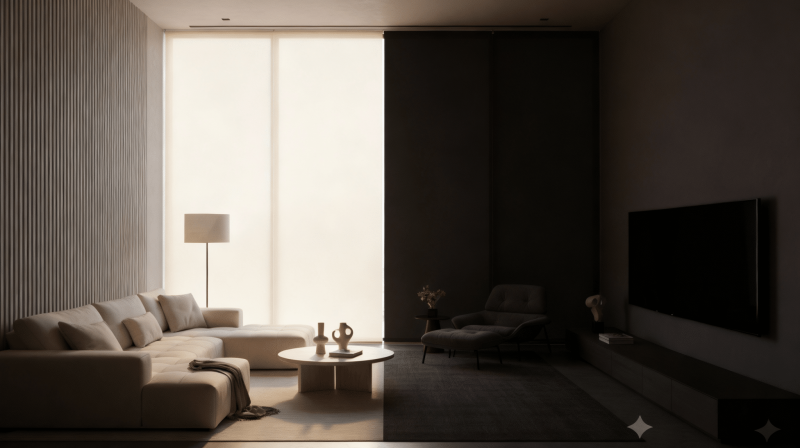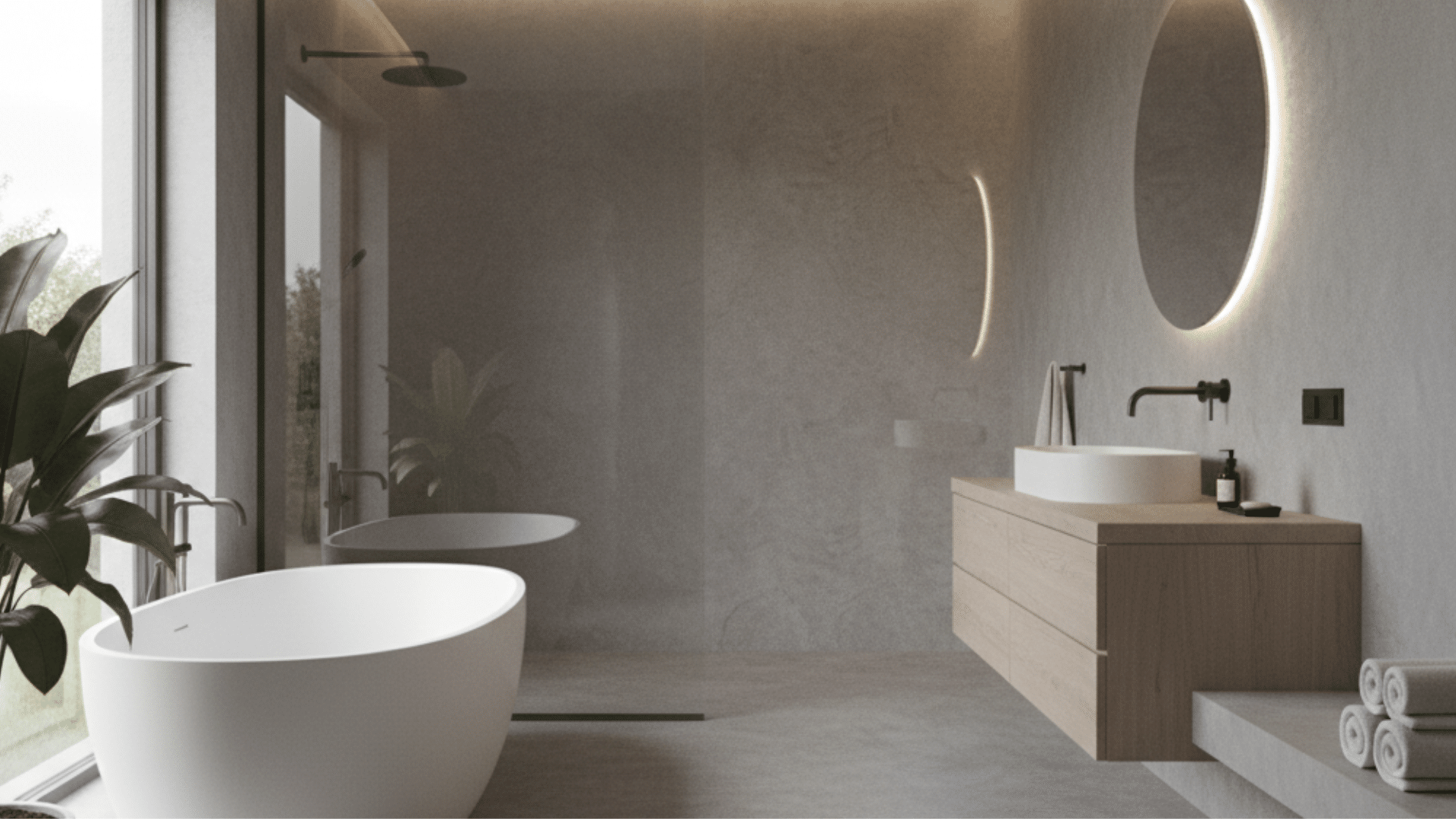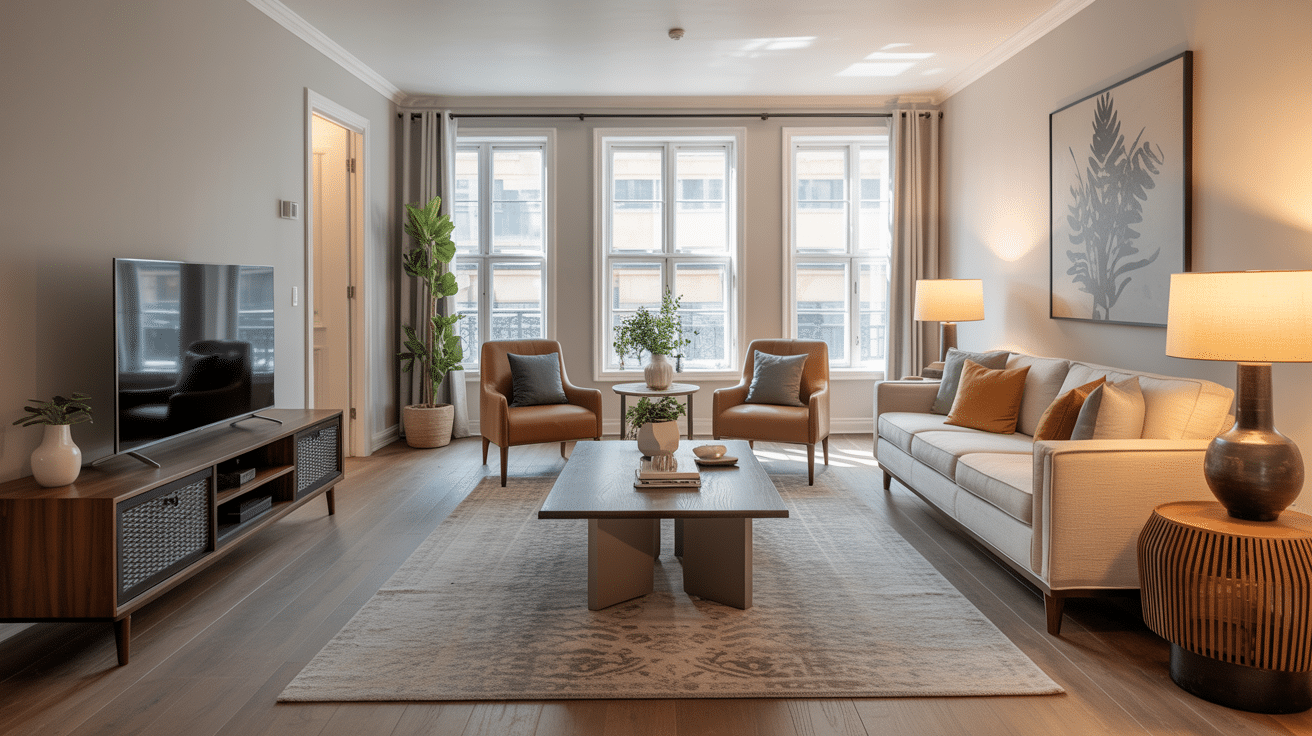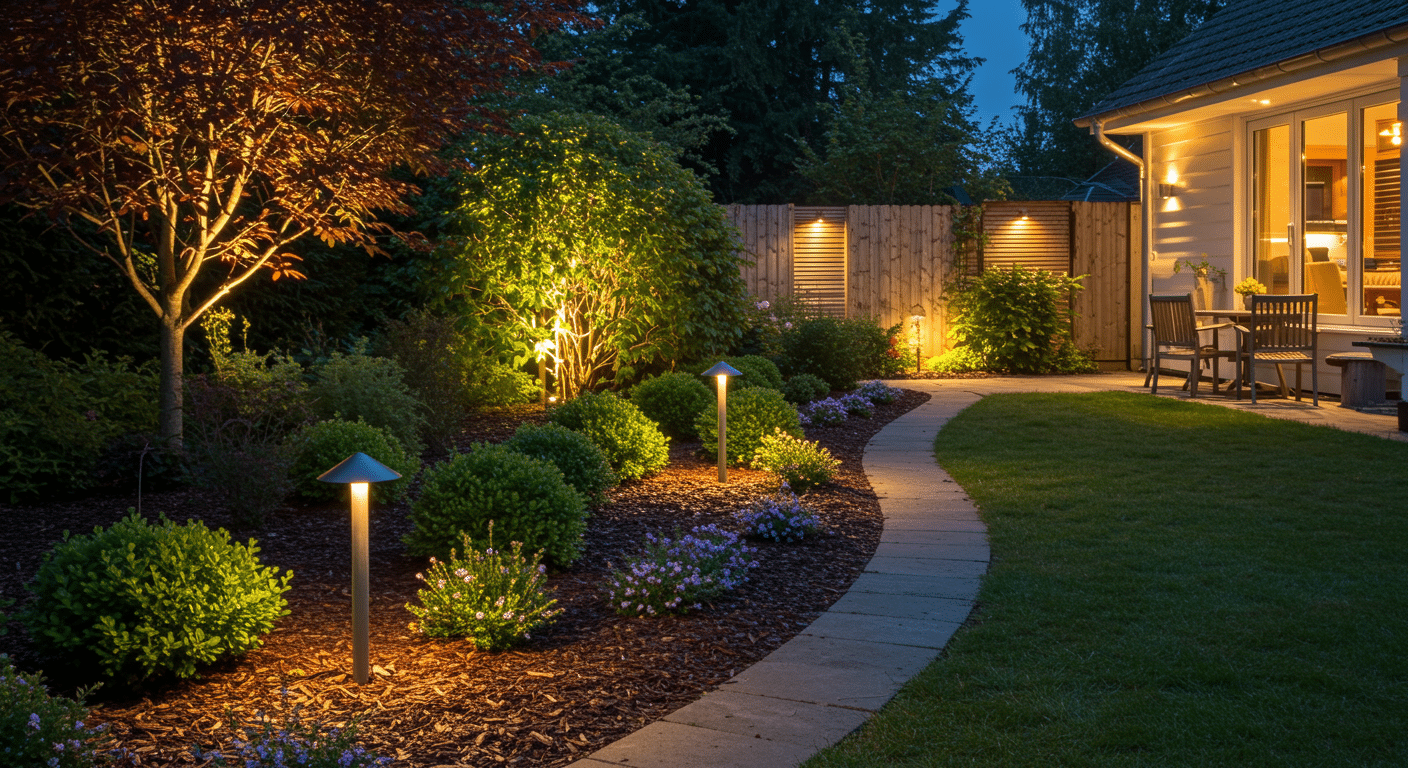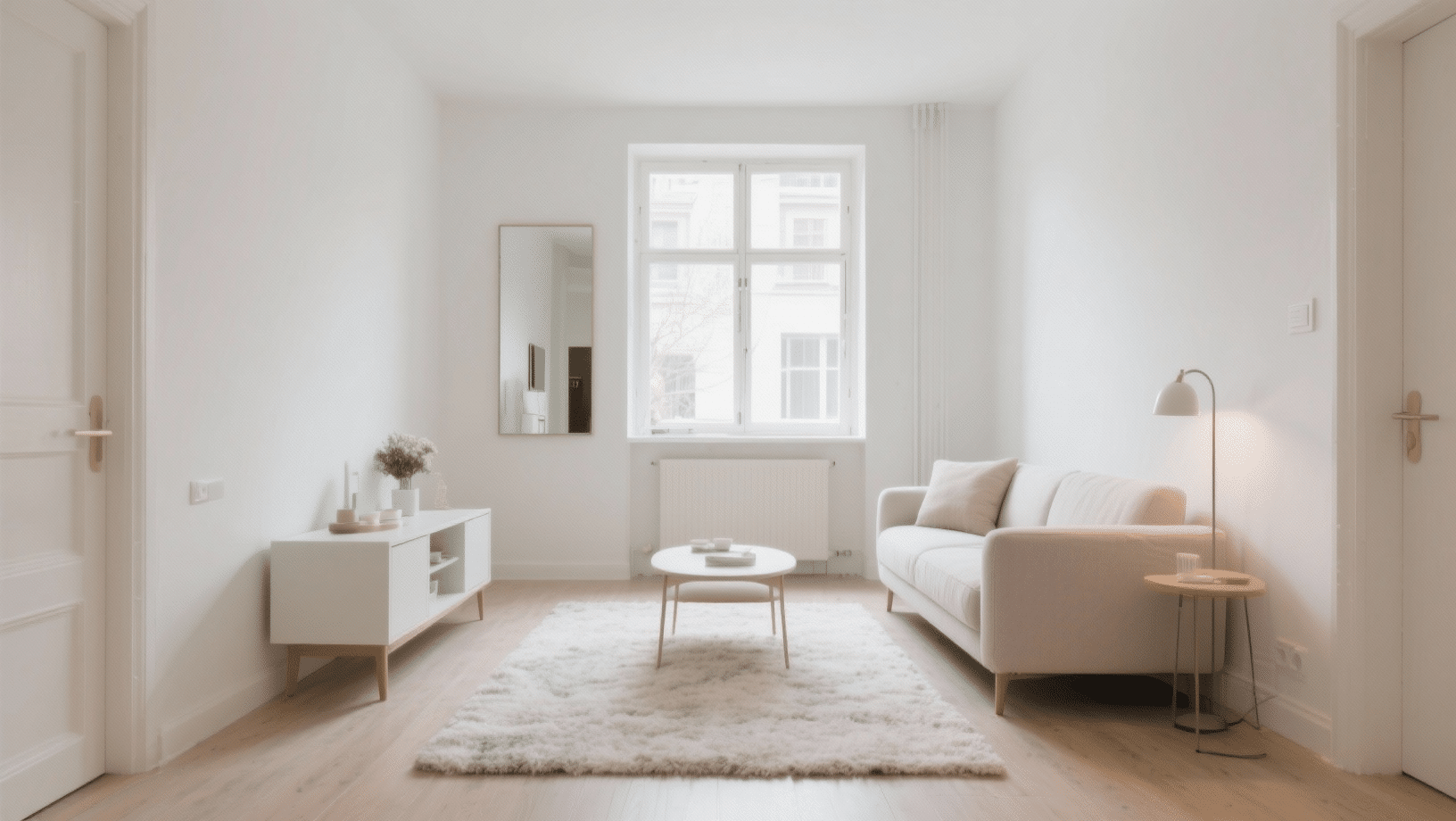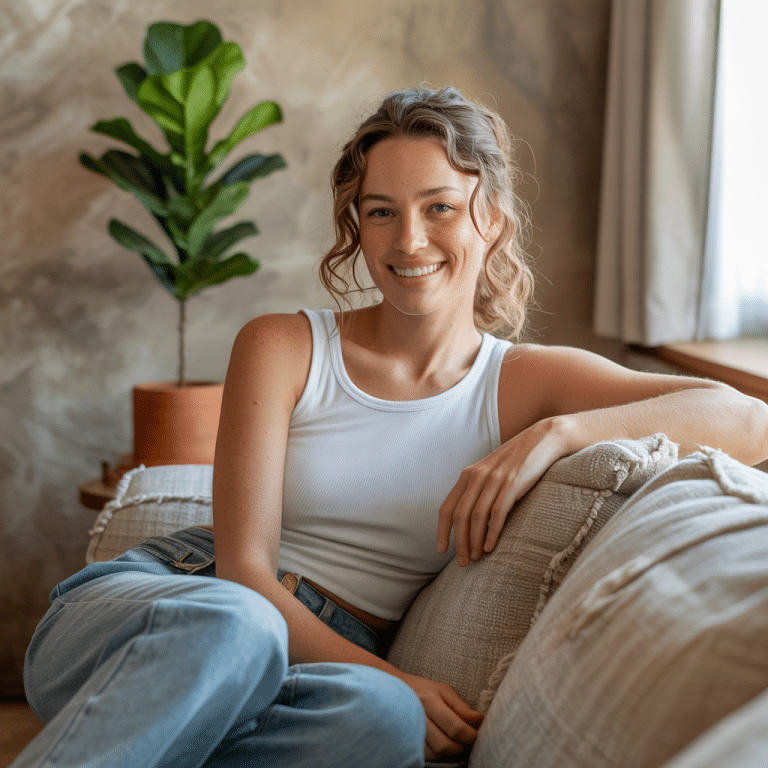Most people don’t realize their window treatments are working against them. The wrong shades let in too much heat, ruin sleep schedules, and make rooms uncomfortable during peak sunlight hours.
But here’s a thing, light filtering and room darkening shades aren’t just different names for the same thing. They serve completely different purposes.
This blog promises to clear up the confusion between light filtering vs room darkening. It breaks down exactly what each type does and helps readers pick the right one for their space.
By the end, you will know which option fits your needs.
What are Light-Filtering Shades?
Light-filtering shades let natural light pass through while reducing harsh glare. They soften sunlight without making rooms completely dark.
These shades use semi-transparent fabric that diffuses light evenly throughout the space. People can see outside during the day, though the view appears slightly hazy.
Light-filtering shades create a comfortable atmosphere while maintaining daytime privacy from the outside.
Pros of Light-Filtering Shades:
- Reduce glare on screens and surfaces
- Block harmful UV rays that damage furniture
- Lower energy costs by reducing heat
- Work well in social spaces like living rooms
- Don’t require turning on lights during the day
Cons of Light-Filtering Shades:
- Won’t completely darken rooms for sleep
- Less temperature control than room darkening options
- Not ideal for bedrooms or home theaters
- May still allow too much light for screen viewing
- Don’t block early morning sunlight effectively
What are Room Darkening Shades?
Room darkening shades block most incoming light, creating dim conditions inside. They use thick, tightly woven fabric that prevents sunlight from passing through.
These shades typically block 95-99% of light, though small gaps around edges may let some in.
Room darkening options help control temperature by blocking heat from the sun’s exposure.
The heavy fabric also reduces outside noise. These shades provide complete privacy both day and night.
Pros of Room Darkening Shades:
- Help people sleep better by creating darkness
- Provide complete privacy day and night
- Reduce energy costs by blocking heat
- Perfect for bedrooms and media rooms
- Help babies and children nap during daytime
Cons of Room Darkening Shades:
- Require artificial lighting even in daytime
- Costs more than light-filtering options
- May feel heavy in small spaces
- Limited ability to see outside views
- Can make rooms feel closed off
Difference Between Light Filtering vs Room Darkening
The key differences help homeowners make smarter choices for their spaces. These two shade types serve distinct purposes and deliver very different results.
| Feature | Light Filtering Shades | Room Darkening Shades |
|---|---|---|
| Light Blockage | Blocks 25-50% of light | Blocks 95-99% of light |
| Privacy Level | Daytime privacy only, shows silhouettes at night | Complete privacy day and night |
| Best For | Living rooms, kitchens, dining rooms, and home offices | Bedrooms, nurseries, home theaters, media rooms |
| Natural Light | Maintains soft, diffused natural brightness | Significantly reduces or eliminates natural light |
| Temperature Control | Minimal insulation, some heat reduction | Better insulation reduces heat gain and loss |
| Sleep Quality | Not suitable for light-sensitive sleepers | Ideal for quality sleep and daytime napping |
| UV Protection | Moderate UV protection for furniture | High UV protection for furniture and flooring |
| Price Range | Generally more affordable | Typically costs 20-40% more |
| Energy Efficiency | Low to moderate energy savings | Higher energy savings year-round |
Factors to Consider When Choosing Shade
Picking the right shades involves more than just deciding between light filtering vs room darkening. Several practical factors influence which option works best for specific situations and needs.
1. Window Direction
Windows facing east get harsh morning sun, while west-facing ones deal with intense afternoon heat.
South-facing windows receive the most consistent light throughout the day. North-facing windows get softer, indirect light that rarely causes glare issues.
2. Room Purpose
How a room gets used determines the shade type needed. Sleep spaces require darkness while social areas benefit from brightness.
Work zones need glare control, and entertainment rooms need complete light blocking for screen viewing.
3. Privacy Needs
Ground-floor windows need more privacy than upper-level ones. Homes close to neighbors require better coverage than those on large lots.
Bathrooms and bedrooms always need stronger privacy than kitchens or living areas, regardless of location.
4. Climate Conditions
Hot climates benefit from room-darkening shades that reduce cooling costs significantly. Cold regions need insulating options that keep warmth inside during the winter months.
Moderate climates can work well with either type, depending on seasonal temperature swings.
5. Budget Constraints
Light-filtering shades cost less upfront but may need replacement sooner than heavier options.
Room darkening versions require a bigger initial investment but deliver better long-term value. Installation costs vary based on window size and mounting requirements for each type.
6. Family Lifestyle
Families with young children need durable, easy-to-clean shades that withstand daily wear and tear. Pet owners should avoid delicate fabrics that snag or tear from curious paws and claws.
Busy households benefit from low-maintenance options that don’t require constant adjustments
Choosing the Right Shade by Room Type
Different rooms have different lighting needs. The right shade choice depends on how the space gets used throughout the day.
The following is a breakdown of light filtering vs room darkening and what works best in each room.
Bedrooms
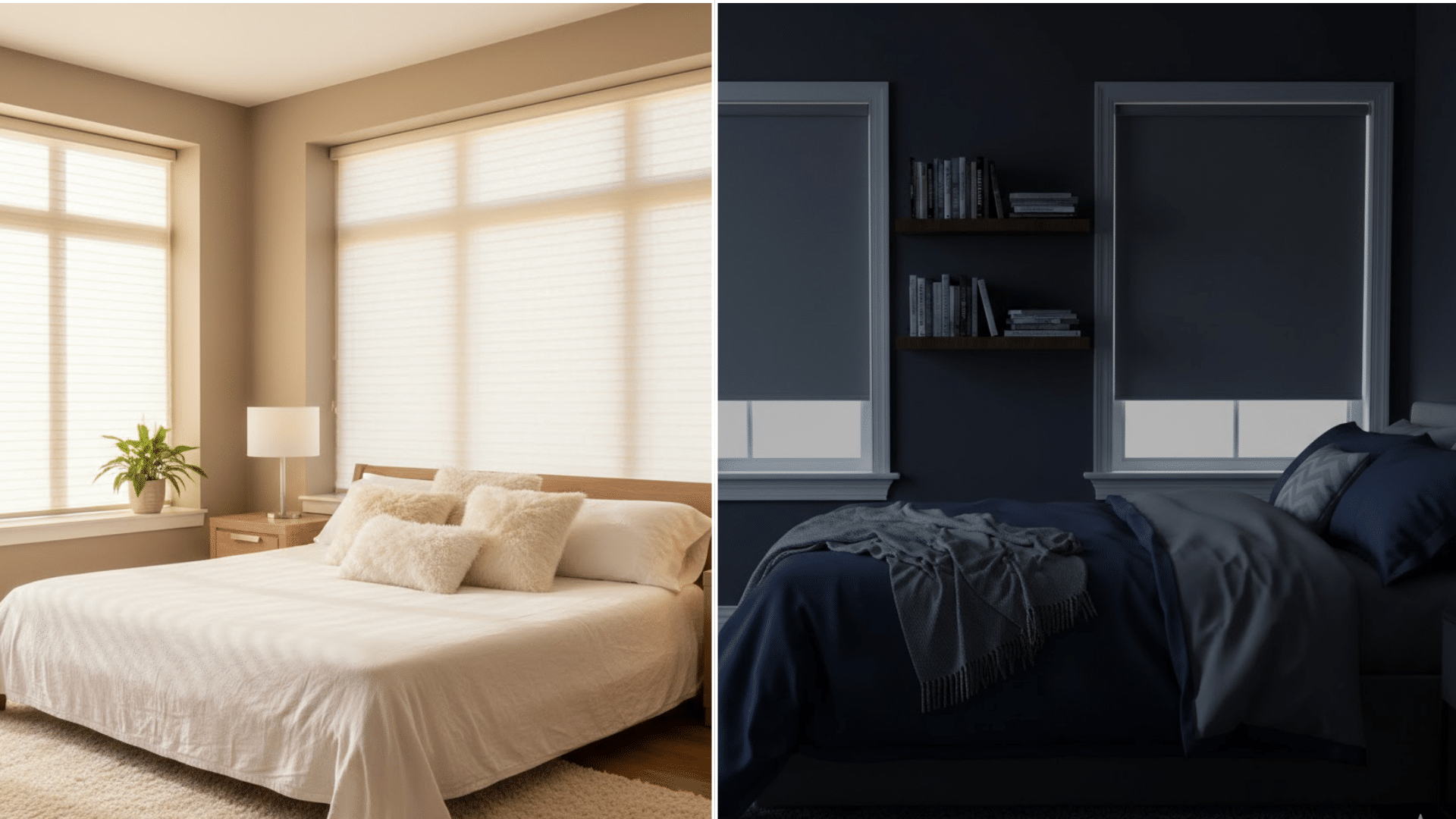
Room darkening shades work best in bedrooms where quality sleep matters most.
They block out streetlights, early morning sun, and passing car headlights that disrupt rest.
Many people find they sleep longer and wake up feeling more refreshed with these installed. For master bedrooms, blocking 95-99% of light makes a real difference in sleep quality and comfort.
Living Rooms
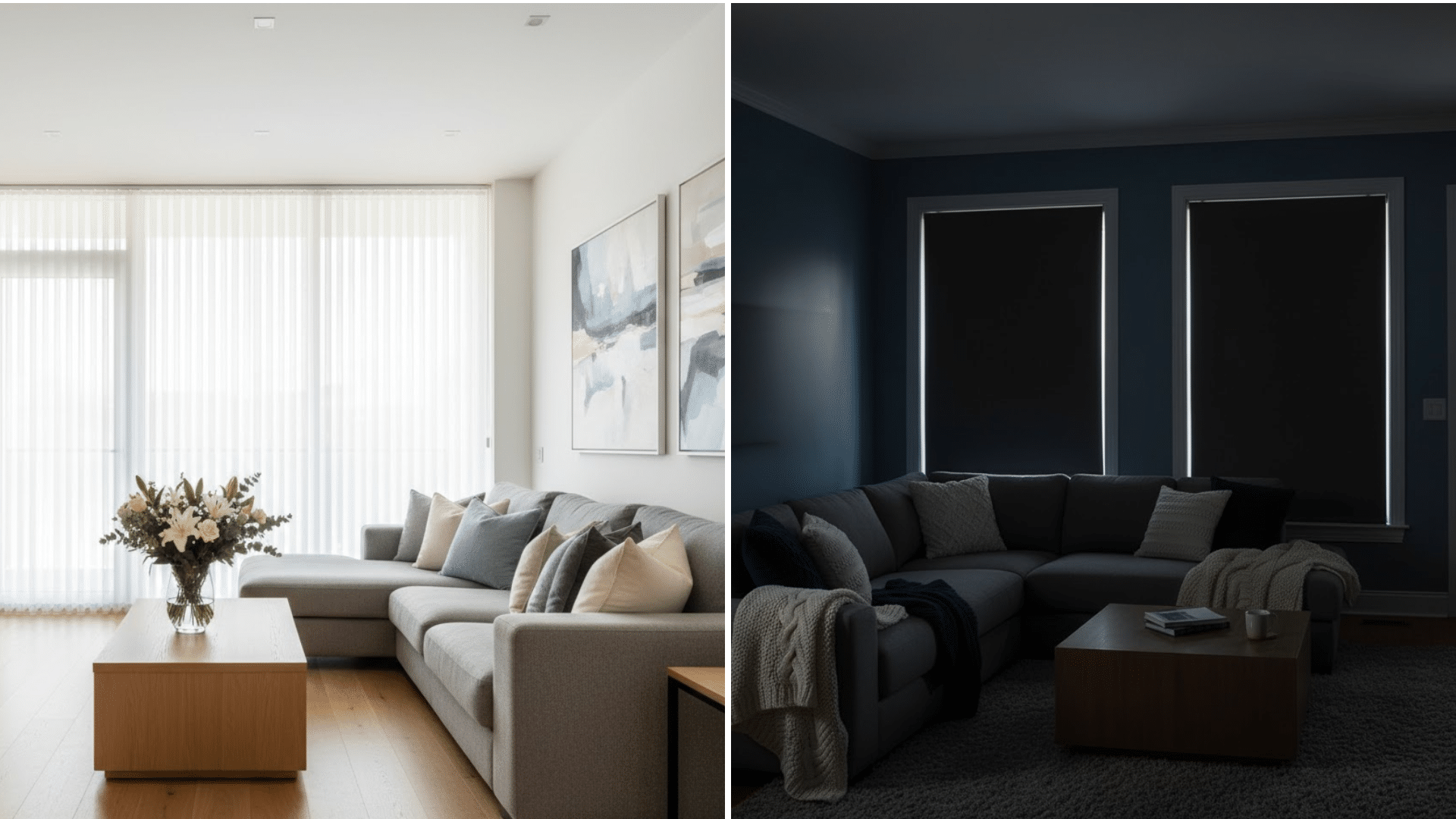
Light-filtering shades suit living rooms perfectly since these spaces benefit from natural brightness.
They reduce glare on TV screens and computer monitors without making the room feel dark or closed in.
The soft, diffused light creates a comfortable atmosphere for family gatherings and daily activities. Plus, they protect couches and carpets from fading while keeping the space feeling open.
Home Offices
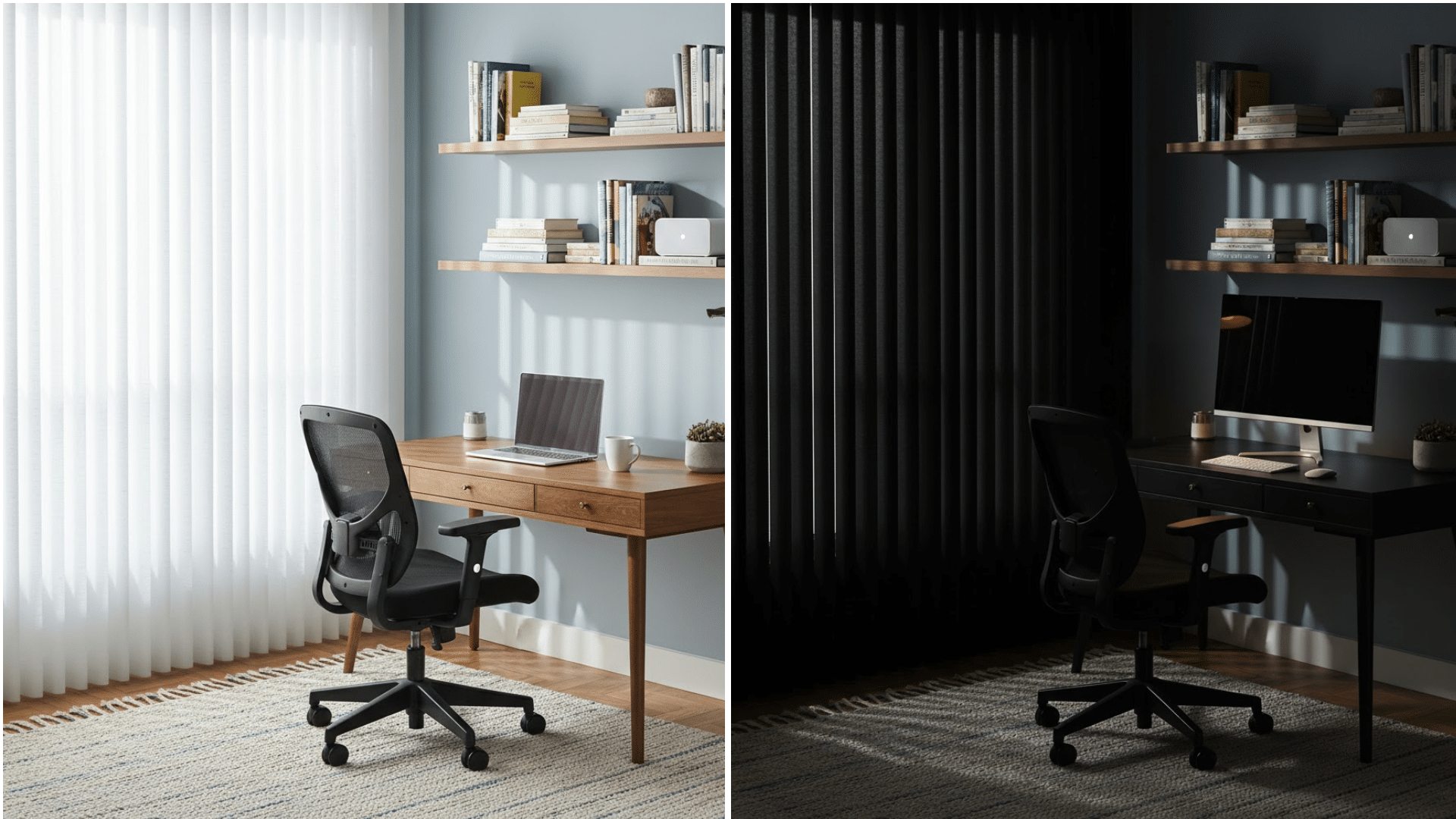
Home offices need light-filtering shades to reduce screen glare while maintaining enough brightness for productivity. Natural light helps people stay alert and focused during work hours.
The balanced light levels help reduce eye strain during long work sessions, and they won’t make the space feel like a cave during important meetings.
Bathrooms
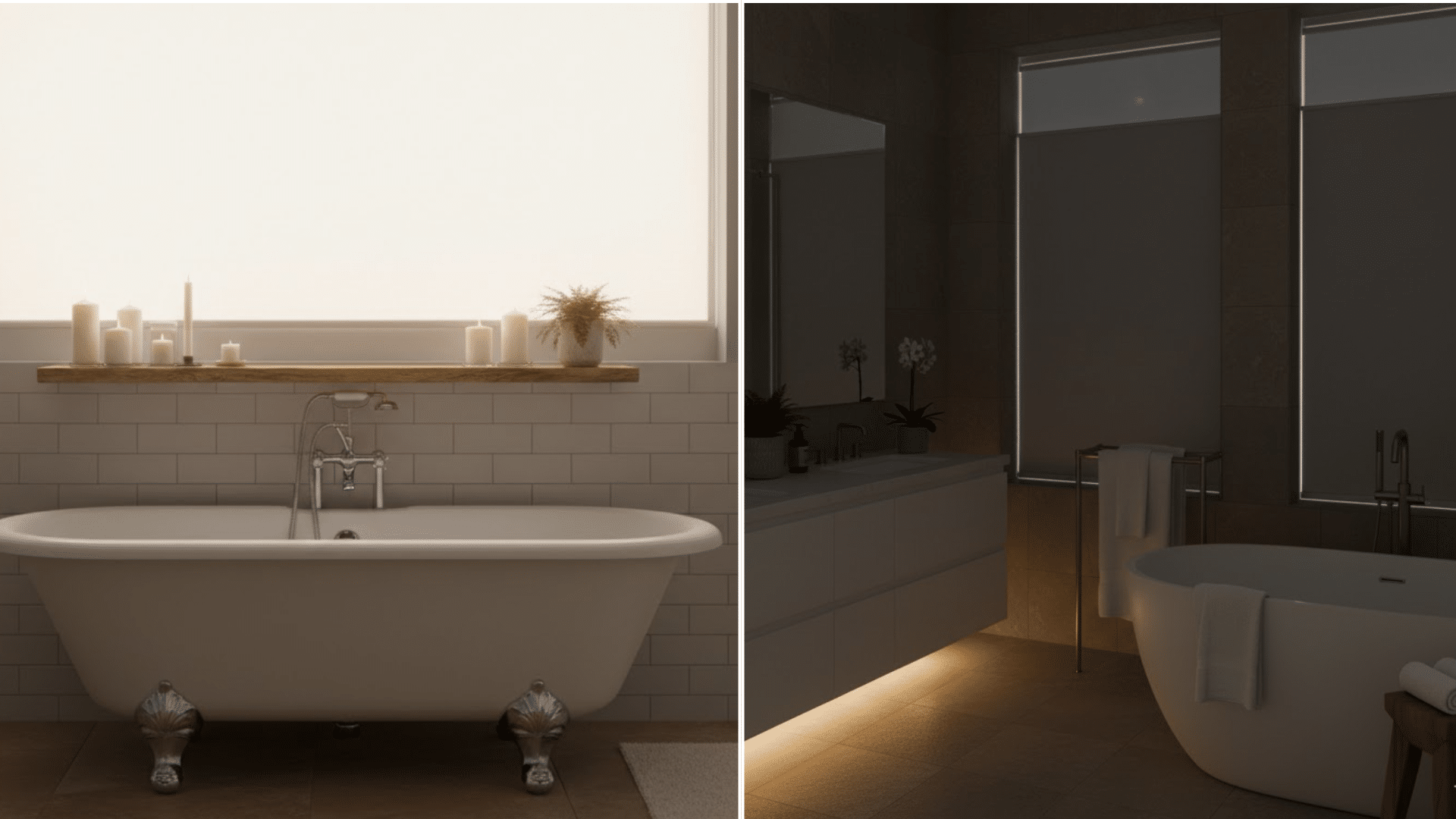
Bathrooms benefit from room-darkening shades for privacy reasons more than light control.
Light-filtering options work for bathrooms with frosted windows or those facing backyards with no visibility concerns. The choice really depends on the bathroom’s location and how exposed the windows are to outside view.
Nurseries
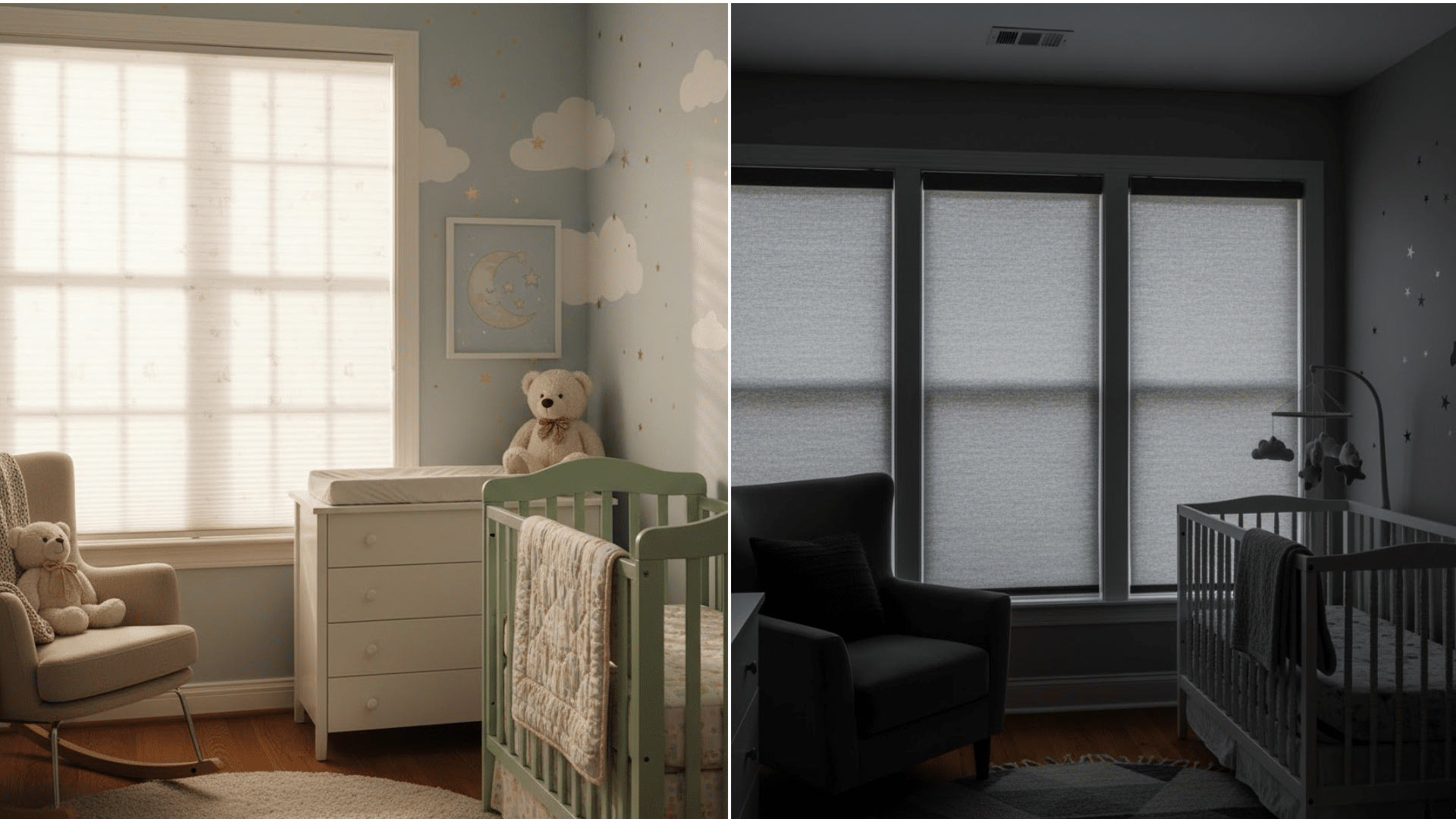
Nurseries need room-darkening shades to help babies and toddlers nap during bright afternoon hours.
Young children sleep better in darker environments, and these shades create ideal conditions for consistent sleep schedules.
The temperature regulation benefits also help maintain comfortable sleeping conditions year-round.
Wrapping it Up
Picking between light filtering vs room darkening comes down to how each room gets used.
Some people mix both types throughout their house. This approach gives each space exactly what it needs.
Consider the time of day each room gets used the most. Think about privacy requirements and temperature control, too.
The right choice makes homes more comfortable and functional. Both options protect furniture from sun damage while improving energy efficiency.


